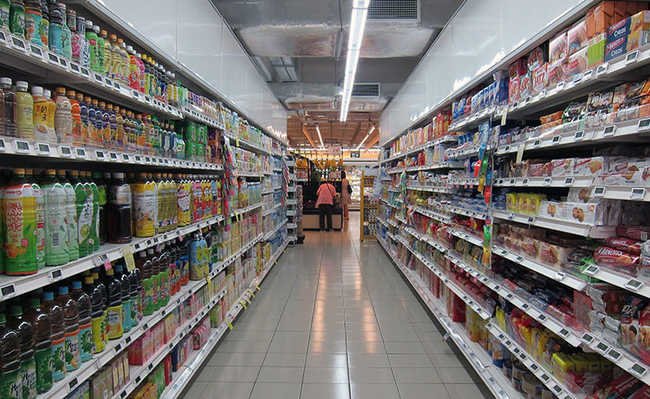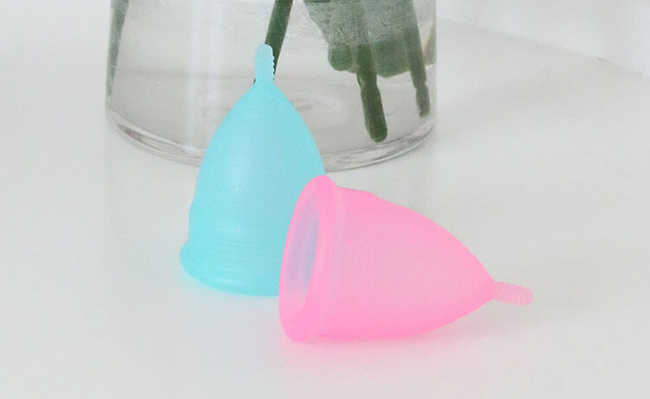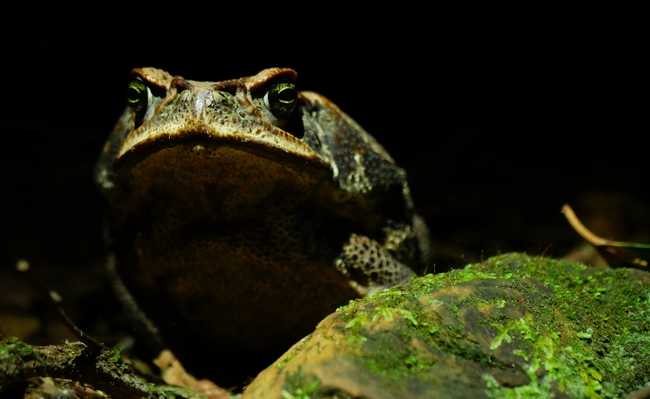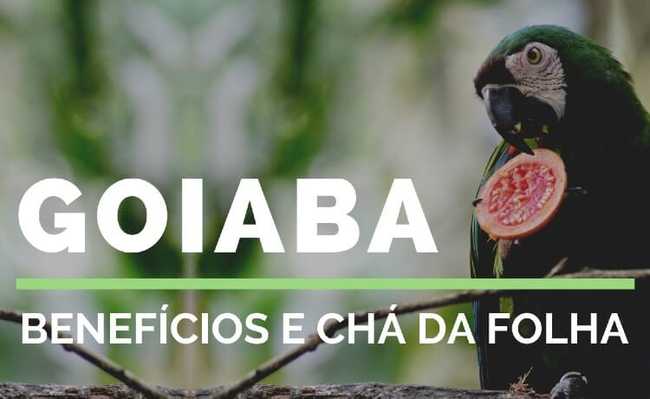PVDC: Learn about the advantages and disadvantages of this plastic used in various packaging
Learn more about PVDC, a very useful plastic present in several products we consume and which can generate controversy in post-consumer disposal

Peggy CCI image by Pixabay
Today there are different types of colorless plastics, but it all started in 1908 with Jacques E. Brandenberger, a Swiss textile engineer. His first idea came while he was having dinner at a restaurant and a customer spilled wine on the tablecloth. The waiter changed the towel and Jacques decided to create a flexible film that would make the towel waterproof. There were several experiments with different materials, but when he applied liquid viscose he found something different. The towel became stiff, but he noticed that a transparent film had begun to peel off the towel. Thus was created cellophane paper, the first transparent plastic film. After several advances, cellophane received a coating of poly(vinylidene chloride), or PVDC. This application created an impermeable barrier to oxygen and moisture, producing the first non-metallic food packaging.
But what is PVDC?
Today, PVDC is a copolymer very similar to PVC, used in various packages, mainly for food and medicine. Its function is usually as a final film, serving as a product seal. As it is an expensive material, around 85% of the PVDC produced is used as a very thin film together with other cheaper materials such as PET, BOPP, paper, among others, forming a laminated film. The best known commercial nomenclature for PVDC is Saran resin, which is 20% to 30% PVC.
Where is the PVDC located?
PVDC is always accompanied by other materials. In food and cosmetics it is widely used in flexible packaging, whereas in medicines it is used in blister packs (those pill packs, see the image below). Its excellent functionality makes it widely used in products that need to be well preserved.

Pixabay's photo on Pexels
In the United States, PVDC-coated BOPP is part of 53% of packages in the dry food category. In the pharmaceutical sector, this number is even higher, around 67% of blister packages use PVDC film.
Packaging for sausage, milk, processed meat, cheese, cereal, coffee, biscuits, sauces, soups, or applied in packaging stand-up pouch, pouches and sachets for fatty foods, and toppings for fresh or cold pasta trays may also contain PVDC.
Modified atmosphere or vacuum packaging films may contain a PVDC film. In modified atmosphere packages, the air is removed and replaced by a specific mixture of controlled gases, which greatly increases the product's useful life. For example, meat in a refrigerator lasts four days; with modified atmosphere packaging lasts 12 days. Coffee at room temperature lasts from three to 548 days.
Benefits
Among the most used plastics on the market, PVDC has some advantages:
- Better damming of gases, vapors, aromas and fats;
- Good adhesion;
- One of the lowest air permeability rates;
- Low packing weight;
- Increased service life;
- More translucent packaging;
- Good strength.
Thus, this plastic film preserves the product's flavor and characteristics, increasing its durability and quality.
Disadvantages
But as there is always a catch, we have to analyze the entire product cycle, whether it is easily reused or recycled. Although the National Solid Waste Policy (PNRS) establishes that manufactured packaging must use materials that prioritize reuse or recycling in a technologically viable way, PVDC is not an example of an easy material to be recycled, but it is widely used.
Today there are three main types of plastic material treatment. The most used technique in Brazil is mechanical recycling, it can be applied to materials from a single polymer, but materials containing PVDC present thermal instability at the temperatures used in their reprocessing, which does not allow their mechanical recycling.
Multilayer packaging requires more advanced technology that meet both economic feasibility and infrastructure, which vary greatly according to local characteristics. The film applied to packaging is very thin and, when joined with other multiple layers, its separation process becomes very complex.
Energy recycling through incineration, which can transform plastic into energy, does not yet exist in Brazil. The conventional incineration of materials containing PVDC represents a big problem because there is chlorine in its composition in a concentration even higher than that existing in PVC. And halogenated substances, when heated, generate toxic compounds such as dioxins, which are carcinogenic.
The Brazilian Association of the Plastics Industry (Abiplast) launched a booklet on the recyclability of post-consumer plastic materials. Packaging containing PVDC for food, beverages, pharmaceuticals and personal hygiene has a low recyclability potential, being in the worst position in the “partially viable” category. Therefore, this material is difficult to be recycled, ending up being discarded in landfills without any reuse.
What to do?
Technologies already exist to transform plastics into energy and raw materials, but it is not yet in the commercial phase. There are also new materials emerging, BC 1558 and CBS2, more sustainable alternatives to replace the use of PVDC. These materials are chlorine-free and have the same or even better waterproofing and resistance function than PVDC.
Such technologies may take a while to be introduced on a large scale and in a viable way, so what we can do now is consume consciously (learn how to identify a product with PVDC).
The Brazilian Packaging Association (Abre) recommends prioritizing materials that can be mechanically recycled and states that the more complex the packaging and the greater the number of materials used, the more complex and expensive the revaluation process will be.
Watch the video on transforming non-recyclable plastics into energy and other raw materials.
Visit the Recycle Everything section for more information on what to do with your stuff before disposing of it in the common trash and also look for the recycling point for various materials closest to you!










